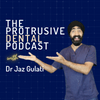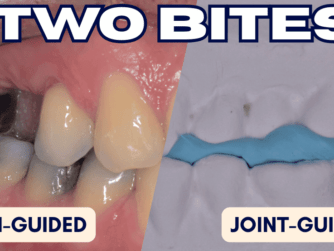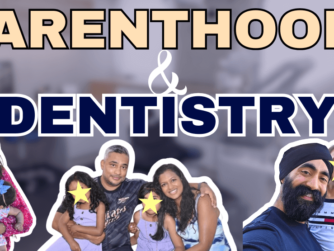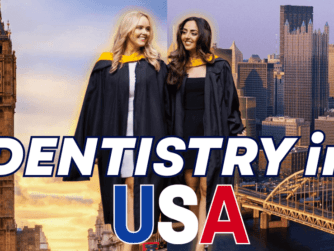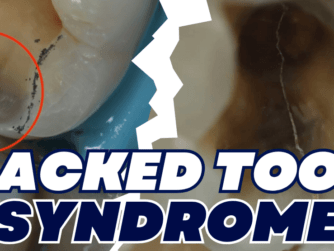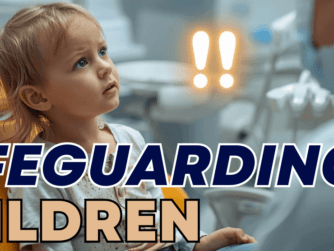Podcast: Play in new window | Download (Duration: 22:51 — 33.9MB)
TIME SENSITIVE – 50% off Maciek’s Online Contact Point Ambassador Course! Click here
Let’s face it, Class IIs may be our bread and butter Restorative Dentistry but they are ANYTHING but simple. In some scenarios, achieving a perfect contact on a class II restoration seems impossible.You have likely been in a scenario where everything is going to plan and your matrix is looking like it will achieve a lovely contact area – however, as soon as you insert the wedge or tighten the band (circumferential matrices) the matrix leans away from the adjacent tooth, revealing a ghastly looking open contact. How can we overcome this? Is soft tissue removal an option? In this Group Function, I’m again joined by my boy Dr Maciek Czerwinski who answers this emphatically!
“If you use the stiff wedge, if the wedge is too big it will just move the matrix (and you lose your contact), but if you’ve got something soft, it will go under the curvature of the matrix, and then it will just self adapt.” – Dr Maciek Czerwinski
In this group function we also discuss:
- Is it necessary to remove soft tissue? – Why? How? What to use?
- How to improve the contact area
- Why and when to place an orthodontic separator to help your future restoration
Tired of spending hours just to customise your stiff wedges and matrices? Check this gem shared by Dr Maciek – FINALLy the video on how to do the Teflon Floss technique (as promised in the episode):
Also, Dr Maciek is giving 50% off to all Protruserati up until June 30. Click here to check it out! I have done his online course and it was very comprehensive and is guaranteed to improve your contact points no matter how tricky the situation. It is an all-encompassing direct restorations online course – with play by play explanation of matricing, wedging, ring selection and isolation!
If you have any other questions that would make a good group function, please do message me on @protrusivedental Instagram page or the Facebook Page
If you enjoyed this, you might also like my other episode with Dr Maciek Czerwinski on Which is the Best Matrix System for Class II Restorations
